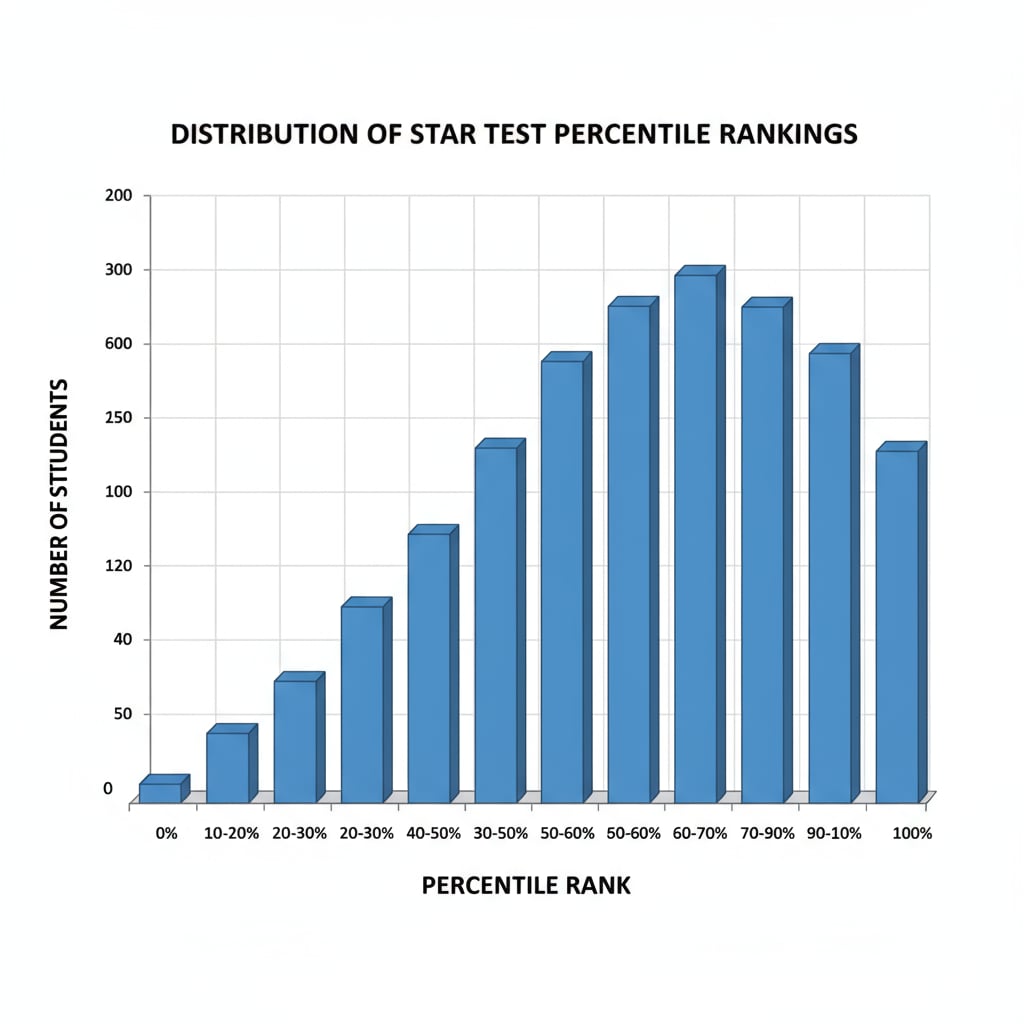STAR testing, percentile rankings, and performance evaluation are crucial elements in the realm of K12 education. As students progress through their academic journey, these tools play a significant role in gauging their learning and development. STAR (Standardized Testing and Reporting) is a widely used standardized assessment that aims to provide insights into students’ academic performance. Let’s first understand what STAR testing is all about.
Understanding STAR Testing
STAR testing is designed to measure students’ proficiency in various subjects such as reading, mathematics, and language arts. It is often administered multiple times a year to track students’ growth over time. The test questions are carefully crafted to align with the educational standards of the region. For example, it might include reading comprehension passages followed by questions that assess a student’s understanding of the text. STAR Assessments official website provides more in-depth details about the test structure and content.

The Significance of Percentile Rankings
Percentile rankings are a key component of STAR test results. A percentile rank indicates the percentage of students in a specific comparison group who scored at or below a particular student’s score. For instance, if a student has a percentile rank of 80 in reading, it means that they scored better than 80% of the students in the comparison group. This ranking system helps parents and educators understand where a student stands relative to their peers. According to the National Center for Education Statistics, percentile rankings can offer valuable insights into a student’s performance within a larger context.

However, it’s important to note that a high percentile rank doesn’t necessarily mean a student has mastered all the concepts. It only shows their relative position among their peers. There could be areas where the student still needs improvement, despite the high ranking.
In addition to percentile rankings, the overall STAR test scores also provide information about a student’s performance. These scores can be used to identify areas of strength and weakness in different subjects. Educators can then use this data to tailor their teaching methods to better meet the needs of individual students.
Readability guidance: As seen above, we have used short paragraphs to convey information clearly. The lists and explanations help break down complex concepts. Transition words like ‘however’ and ‘in addition’ are used to connect ideas smoothly. Each H2 section has key points presented in a straightforward manner, and the external links provide additional reliable resources for further exploration.


